| Content:
|
Causes of diseases and pests on tangerine trees
- Improper care, excessive moisture, lack of nutrients, excess nitrogen weakens tangerine trees and makes them vulnerable.
- The source of infection can be a plant brought into the house that is sick or infested with pests. New “window neighbors” must be carefully examined and kept in quarantine. Carry out preventive treatment.
- Contaminated tools or soil can also introduce disease or pests to your citrus trees.
Diseases of tangerines can be caused by fungi, bacteria and viruses. It can be difficult to determine what kind of “sore” has clung to your little mandarin. However, by some general signs you can understand what kind of infection is attacking your plant. Let's look at the most common of them.
Fungal diseases
Fungal diseases usually develop in conditions of high humidity, excess nitrogen fertilizers, and sudden temperature changes. Fungal spores can penetrate plant tissue through mechanical damage and leaf stomata. A fungal disease on tangerines is indicated by the appearance of various types of spotting on the leaves, plaque, and gum formation.
Methods of treating the disease
Timely removal of plant residues, compliance with maintenance rules and preventive treatments with antifungal drugs (Alirin-B, Fitosporin-M) reduce the likelihood of infection.
Treatment of fungal diseases consists of removing the affected parts of the plant and treating them with fungicides. At home, it is advisable to give preference to biofungicides Alirin-B, Fitosporin-M, Gamair, etc. These drugs have hazard class 4, i.e. low danger to humans, animals and fish.
Citrus leaf spots
|
Citrus leaf spot |
Description and characteristic signs of the disease
- Dark brown spot characterized by the appearance on the underside of the leaf of yellow spots of irregular shape, which after a few months become dark brown oily, covering the leaf plate on both sides.
- Ascochyta blight identified by gray-brown spots that become gray with a brownish border and concentric rings. The spots can also ring the shoots, which leads to their death.
- Septoria appears as elliptical gray-white spots with a dark brown border. The fungus can also attack shoots and fruits.
- Phyllosticosis can be identified by light brown spots with a dark border, mainly on the leaves of the lower tier of the crown.
Infection of tangerine with blight leads to massive loss of leaves, plant suppression, decreased growth, and decreased yield.
Scab or wartiness
|
Citrus scab |
This disease in tangerines begins with the appearance of small convex light yellow spots on young leaves. As the spots grow, they enlarge and turn into pink or light orange warts. The leaves wrinkle, the shoots bend and die. Tangerine fruits are covered with growths and warts.
Anthracnose
|
Citrus anthracnose |
Anthracnose can be identified by pale greenish spots on mature leaves that become brown with a dark edge when they grow to half the leaf. Young leaves turn black, wither and fall off. Gum production may begin on the apical shoots. Red-brown spots form on the fruit near the stalk, gradually spreading to the entire surface.
Late blight
|
Citrus blight |
Late blight develops on the root collar. Watery dark spots appear, the bark cracks, and a sticky thick substance - gum - is released. Late blight spots grow, rising higher along the trunk. The bark darkens, dries and collapses. Gray spots appear on the shoots, which enlarge and turn brown. Cracks appear on the bark through which gum is released. On leaf blades, late blight appears in the form of round oily spots closer to the top. The spots quickly turn brown, covering the entire surface of the leaf.
Gommoz
|
Gommosis, gum discharge on a tangerine stem |
Gommosis causes rotting, peeling and death of the bark. Distinguish parasitic and non-parasitic gommosis. Swellings form on different parts of the trunk and branches and crack. A thick sticky substance – gum or gum – is released through the cracks. The bark dries out and flakes off. The disease usually begins near the root collar, gradually spreading along the trunk up and down to the roots.
Non-parasitic gommosis occurs as a result of mechanical damage, excessive watering, and the application of excessive doses of nitrogen fertilizers.
Parasitic or infectious gommosis develops as a result of plant damage by fungal infections (late blight, anthracnose, botrytis, etc.). Toxins released by fungi destroy bark and wood cells. As a result, gum is formed.
Methods of treating the disease
Treatment of gommosis begins with stripping the affected areas to healthy wood. Cleaned wounds must be disinfected with a 3% solution of copper sulfate and covered with garden varnish and Bordeaux paste (1 part copper sulfate, 2 parts quicklime, 12 parts water).
Bacterial diseases
Bacterial necrosis
|
Bacterial necrosis of citrus fruits |
Bacterial necrosis affects leaves, branches, and fruits. Initially, dark brown spots form on the petioles of the leaves, which grow both towards the base of the leaf and towards the branch. The petioles soften and the leaves die. Watery spots appear on the branch in the affected areas, which turn red-brown. These spots ring the branches and lead to their death. Gum may be released in these areas.
The source of infection can be grafting material taken from a diseased plant or tools. In cut branches, bacteria remain viable for up to several months. But in the soil they die within a few days.
Treatment of the disease consists of removing diseased branches and shoots with mandatory disinfection of wounds and covering them with garden varnish or paste.
Bacterial cancer
|
Bacterial cancer affects petioles, leaves, branches, and fruits. |
Bacterial cancer affects petioles, leaves, branches, and fruits. First, small watery-greasy spots appear on the underside of the leaf blade, which gradually turn brown and form small tubercles. The tissue grows, and a spongy tumor appears in this place. As the tissue grows, it breaks in the center and forms a pit with torn edges. There is a light yellow border around the growth.
Similar spots appear on petioles, branches and fruits.
Preventive spraying with fungicides, disinfection of wounds, and treatment of grafting instruments will help to avoid the disease.
It should be noted that of all citrus fruits, tangerines are the most resistant to bacterial cancer.
Viral diseases
|
The plant is completely affected by tristeza |
There are many viral diseases in citrus fruits, but there are several common signs that indicate your tangerine tree may be infected with a virus:
- Various chlorotic spots appear on the leaves in the form of patterns, mosaics, rings, and stripes.
- The bark peels off and softens. Pits and pockets filled with gum form on the wood.
- The leaves become smaller, bend, curl, and become wrinkled.
- The tree slows down in growth and produces few shoots.
Viral diseases are transmitted by infected seeds through grafting. The virus is also transmitted by insect pests (ticks, thrips).
Viral diseases cannot be treated. Infected tangerine trees must be destroyed.
Pests of tangerines
At the first signs of pests appearing on tangerine trees, you must immediately begin to combat them, otherwise they can easily destroy your plants.
Shchitovka
|
The scale insect got its name because of the yellow-brown shield up to 3-4 mm in size, which completely covers the adult insect attached to the plant. |
If sticky sweet droplets appear on the leaves, scale insects have probably settled on your tangerine. If you look closely, you can see them on the stem, on the back of the leaf along the veins. They look like tiny, motionless turtles. Scale insects, having attached themselves to the plant, drink the juice, secreting sweet honeydew. Each female lays up to 500 eggs. The hatched larvae quickly spread, moving from plant to plant.
Pest control measures
To begin with, it is better to treat each leaf, twig, and stem with a solution of laundry soap using a toothbrush. Rinse the treated trees under a warm shower.At the same time, you need to hold the plant at an angle so that water does not flow into the pot. With this mechanical treatment, most of the adult scale insects and larvae – “vagrants” – are washed away. You also need to wash the pot, tray, window.
You will need 3-4 such treatments at weekly intervals. This method is very labor-intensive, but safe.
To combat the pest, systemic insecticides are used: Aktara, Aktellik, Golden Spark. The drug penetrates the plant tissue. The pest, feeding on the poisoned juice, dies.
Don't forget to read:
spider mite
|
Due to its small size (0.2 -0.3 mm), the appearance of a pest on a tangerine cannot be noticed until traces of its vigorous activity appear. |
Spider mites are microscopic but dangerous pests. It multiplies very quickly, primarily affecting young growth. The tick feeds on cell sap. The leaves become speckled with white. On the reverse side you can see a cobweb. The leaves curl and dry out. Spider mites can destroy a plant in a short time.
Control measures
Before spraying the plant with the preparation, it is advisable to rinse it under a warm shower, holding it at an angle so that the water does not flow into the pot. This way, most of the ticks are washed away. After drying, it is necessary to thoroughly spray the plant from all sides, including the soil and the pot. To completely destroy pests, you will need 3-4 treatments at weekly intervals. It is also important to wash the pallets, window, window sill, and wash the curtains.
Only acaricidal and insectoacaricidal preparations are suitable for tick control. Well, since the plants are kept at home, it is better to give preference to low-hazard drugs with a hazard class of 3 or 4.For example, Fitoverm, Bitoxibacillin.
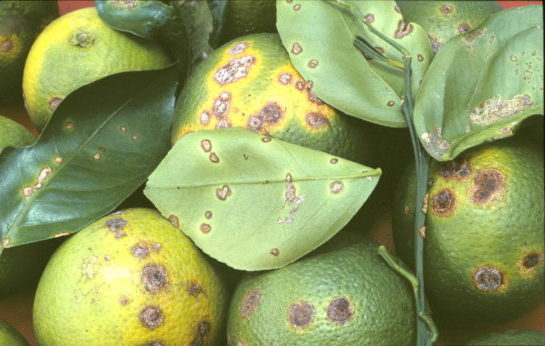
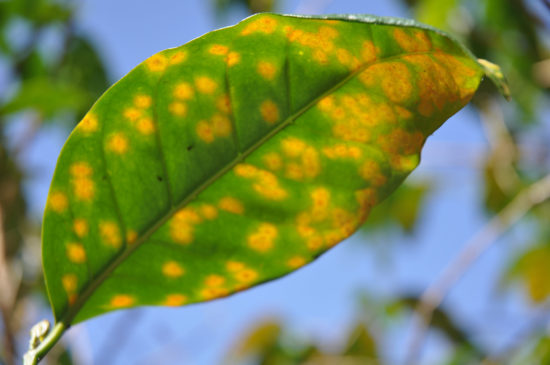

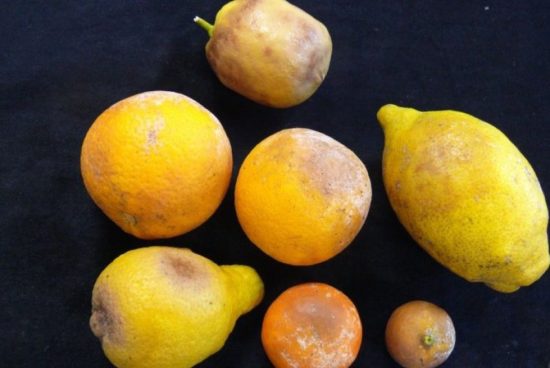
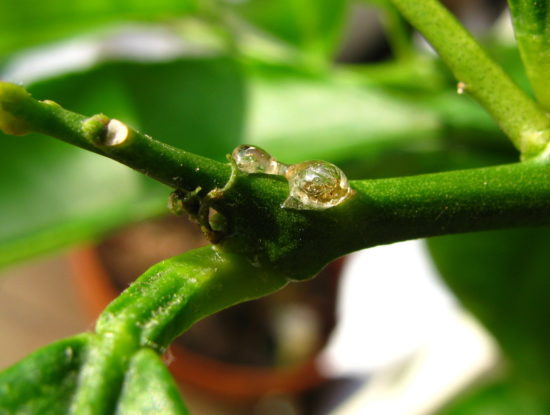
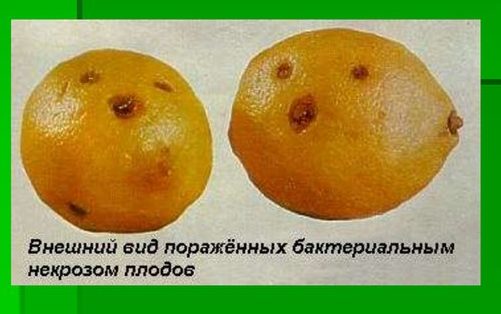
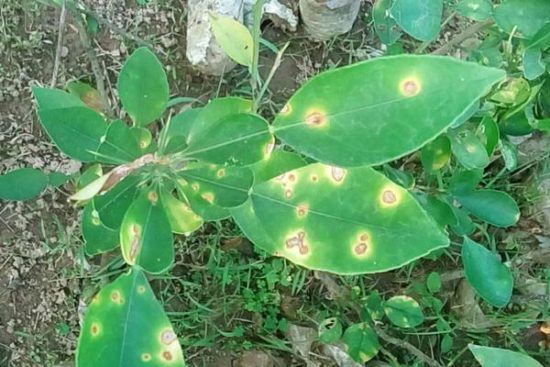
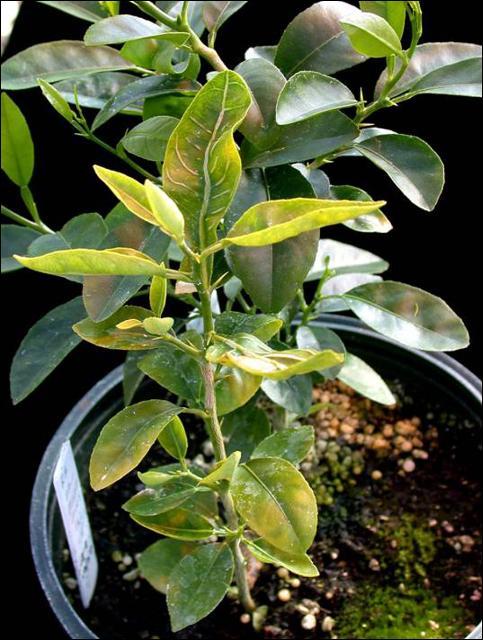
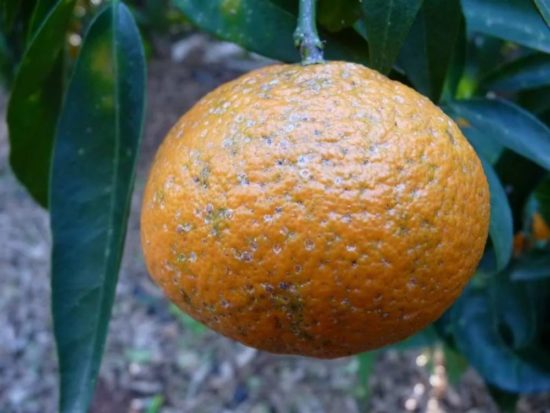
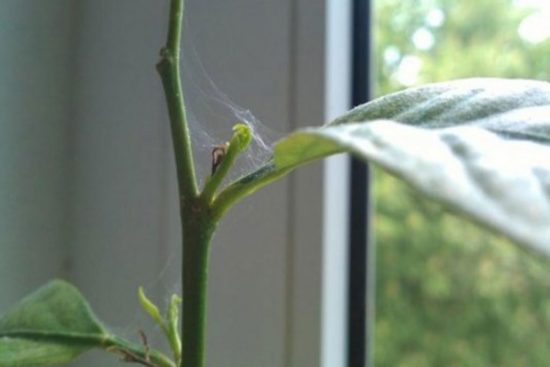

 CUCUMBERS NEVER GET SICK, I'VE BEEN USING ONLY THIS FOR 40 YEARS! I SHARE A SECRET WITH YOU, CUCUMBERS ARE LIKE THE PICTURE!
CUCUMBERS NEVER GET SICK, I'VE BEEN USING ONLY THIS FOR 40 YEARS! I SHARE A SECRET WITH YOU, CUCUMBERS ARE LIKE THE PICTURE! You can dig a bucket of potatoes from each bush. Do you think these are fairy tales? Watch the video
You can dig a bucket of potatoes from each bush. Do you think these are fairy tales? Watch the video
 How our fellow gardeners work in Korea. There is a lot to learn and just fun to watch.
How our fellow gardeners work in Korea. There is a lot to learn and just fun to watch. Eye trainer. The author claims that with daily viewing, vision is restored. They don't charge money for views.
Eye trainer. The author claims that with daily viewing, vision is restored. They don't charge money for views. A 3-ingredient cake recipe in 30 minutes is better than Napoleon. Simple and very tasty.
A 3-ingredient cake recipe in 30 minutes is better than Napoleon. Simple and very tasty. Therapeutic exercises for cervical osteochondrosis. A complete set of exercises.
Therapeutic exercises for cervical osteochondrosis. A complete set of exercises. Which indoor plants match your zodiac sign?
Which indoor plants match your zodiac sign? What about them? Excursion to German dachas.
What about them? Excursion to German dachas.